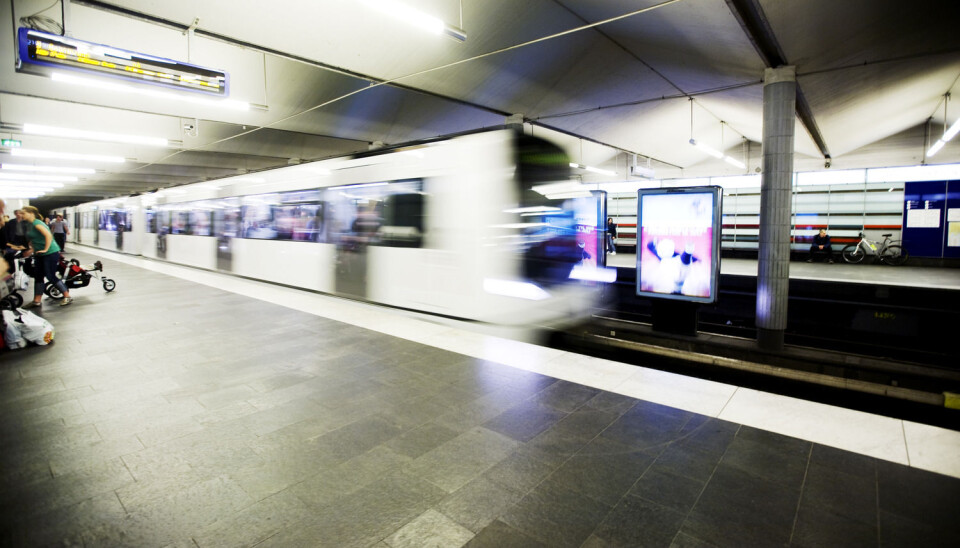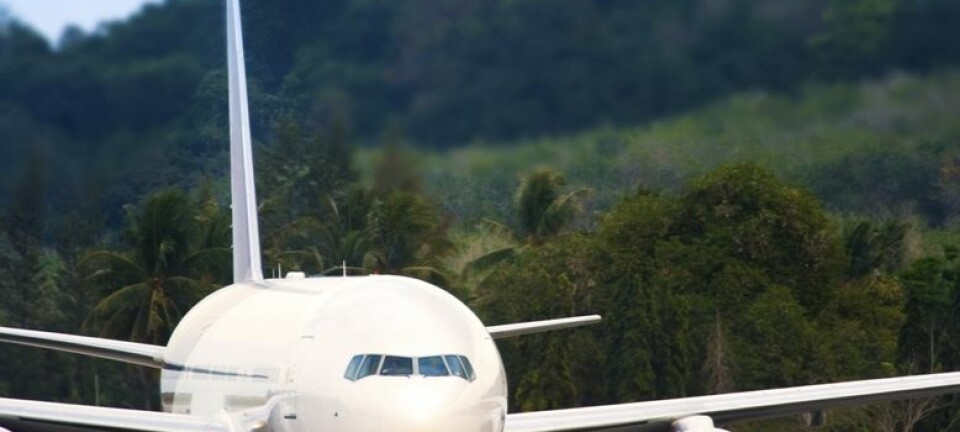
Information cuts metro crowding
Often there might be enough room for everyone but passengers just don’t know it. So a little more information could make subway rides comfortable.
Are you one of those waiting on the platform, jockeying for a position, who tries to guess which Metro car or suburban commuter train coach won’t be like a sardine can?
Then you have a fellow traveler, you might say, in Yizhou Zhang at Sweden’s Royal Institute of Technology. He used his exam project to help passengers by informing them which subway cars have the most room. This gives them an opportunity to spread out smartly on the platform while they wait.
Most in the middle
After developing the system, Zhang charted how this information changed passenger behaviour. More of the commuters found seats and fewer stood packed together in the subway cars in the middle of the train.
“The studies I’ve done show that 25 percent of the passengers change their behaviour after hearing information about which cars are crowded in an incoming Metro train,” says Yizhou Zhang in a press release.
The number of passengers in the last car rose by eight percent when the information system was used at the Metro station where the study was carried out, Tekniska högskolan in Stockholm. The number who decided to use the often-crowded first and the middle car fell by four percent.
The new Metro cars in Stockholm have sensors that weigh the load of passengers. Passengers waiting on the platform can see this information on a screen and messages are also given through loudspeakers.
“The study shows that 97 percent of the passengers understood the information given about which cars of incoming next train were most crowded, and that 83 percent considered this useful information,” says Yizhou Zhang.
He thinks better information will make passengers more satisfied and willing to travel by public transport. He also thinks the system benefits society as a whole, as more people will be able to use their commuting time toward working.
Other methods in Oslo
In Oslo the middle cars of the city’s subway system, called the T-bane, are also the fullest, explains Cato Asperud, a spokesman for Sporveien Oslo, the city’s public transport company. But in 2006, the subway converted to new cars with doors on each end, enabling passengers to move from one car to the next, heading to where there is more room or hopefully, empty seats.
“The T-bane cars MX 3000 are interconnecting with doors for half the length of the train. When these were put to use in 2006 we saw a strong improvement in the dispersion of the passengers compared to the old trains without open connections,” says Asperud.
He says that for this reason Sporveien Oslo will not be copying the measures tested in Stockholm.
“For Oslo it can be just as important to inform users which trains have available space rather than where the space is found on the train. In rush hours there will always be some who have to stand, but passengers who want a seat can have one by avoiding the most crowded departures,” says Asperud.
Taking affair
Asperud claims the T-bane in Oslo has ample space compared with most of the subways of the world. Despite that, Sporveien needs to launch measures to tackle the big increase in passengers expected in the future as more move to the city and automobile traffic becomes less and less viable.
In Oslo some people ride on very short trains, for instance the ones who take the twisty line called Holmenkollbanen, which leads up to the ski jump above the city. One way of reducing crowding has been to route these short trains right behind longer ones with more capacity when they run underground through the city centre.
“Change in routes and timetables made in so 2012 really improved things in this area and considerably reduced the loads on the short trains,” says Asperud.
Although the T-bane in Oslo can still be crowded, things are worse on the local commuter trains to suburban towns and cities around Oslo. Head of communications for the Norwegian State Railways, Åge-Christoffer Lundeby, writes in an e-mail that the Norwegian National Rail Administration has helpfully divided the platforms into different sections at the larger stations.
“Monitors have also been set up which show where the train will come on the platform. This means the customers know where the train doors will open and get into position ahead of time. Lundeby says the National Rail Administration would have to answer about any additional plans.
Statistics from Stockholm Public Transport reveal that 20 percent of the seats on its Red Line are empty from 16:30 to 17:30, which is prime rush hour. No comparable study has been made yet in Oslo. But researchers at the Norwegian Centre for Transport Research have a project going which will show how well the capacity of public transport is utilised in Oslo during rush hours.
-------------------------------------
Read the Norwegian version of this article at forskning.no
Translated by: Glenn Ostling






